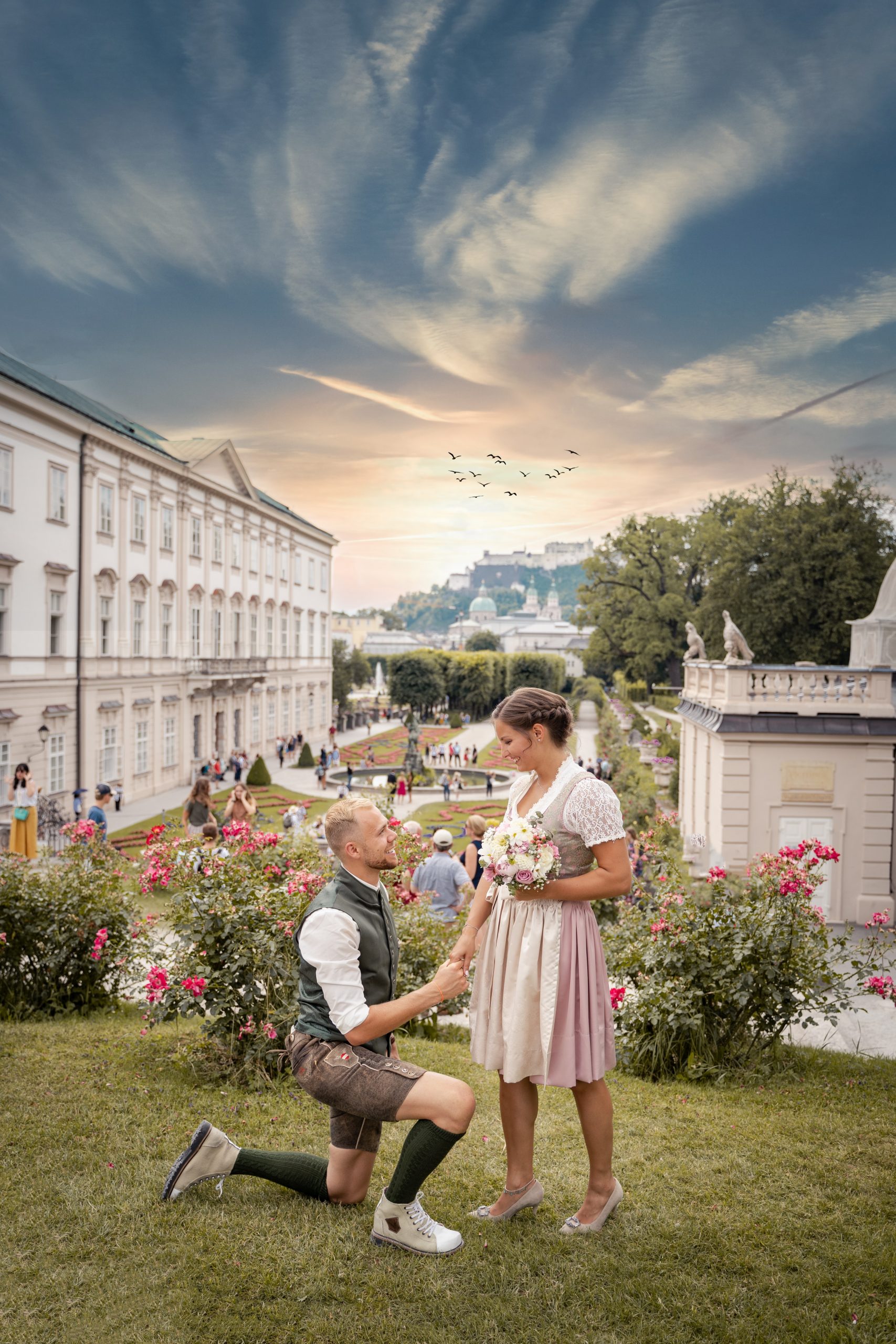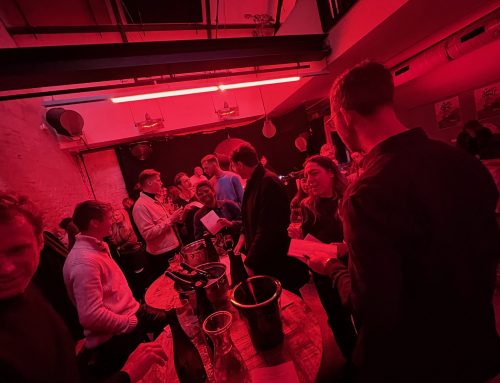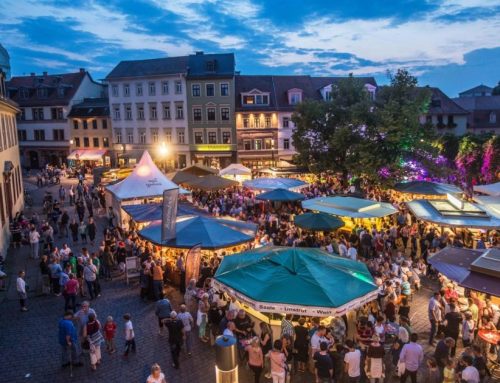You might have seen these clothing pieces in Oktoberfest. But do you know what are they called, or even the history behind them? Well, if your answer is no, here we will explain more about these particular garments.
To start, the Dirndl is for women and the Lederhosen is for men. Both of them are typical from Bavaria and some pars of Austria, such as Salzburg. And because of the location, we can also say that they are typical from the Alps. Now let’s dig into them a bit more …
Dirndl:
In the beginning was known as a peasant dress, but later it expanded to the cities, although used by maids. Furthermore between 1870 and 1880 the upper classes and the aristocracy began to wear it as a modern summer dress.
The modern Dirndl arrived in the city of Munich, the capital of Bavaria, through the “Wallach” store, owned by Jewish owners. There, dresses with colored fabrics and motifs were sold, which earned great recognition to their owners, Julius and Moritz Wallach. In addition to running the sale, the Wallach brothers also staged Oktoberfest parades and operas at the “Im Weißen Rössl” theater, which helped popularize the dress among the upper classes of the city. The name Wallach then became synonymous with the modern Dirndl in Munich and Upper Bavaria.
Nowadays, wearing a dirndl is considered as a symbol of regional pride, although many women wear it because they find it simply sexy, as it accentuates the feminine curves and hides any imperfections.
Nevertheless, it also has a big symbolism. The tie with which the apron is tied formerly symbolized the marital status of the wearer. If the woman tied the tie on the right side, this meant that she was married or engaged, and the tie on the left side, single. Only widows wore the tie tied at the back. Until before World War II, that was equivalent to a woman’s virginity.
Lederhosen:
It would be the equivalent of the dirndl but for men. They are made out of leather and can be either long or short. This garment was also used by peasants, since it was comfortable for cleaning and working in the fields. But this piece of clothing didn’t get lost in the country sides, because the King Maximilian II of Bavaria started to wear this outfit.
In some regions, like Salzkammergut, is still common to see people wearing them daily. They are made by hand and with a lot of details, meaning that they last for your entire life. Although hand made Lederhosen are made by inquiry and usually there is a waiting list of months or even years.
Not only in the region mentioned before you can see this costume, the Oktoberfest is the place where every man uses them to assist the festival and show their culture.







Leave A Comment